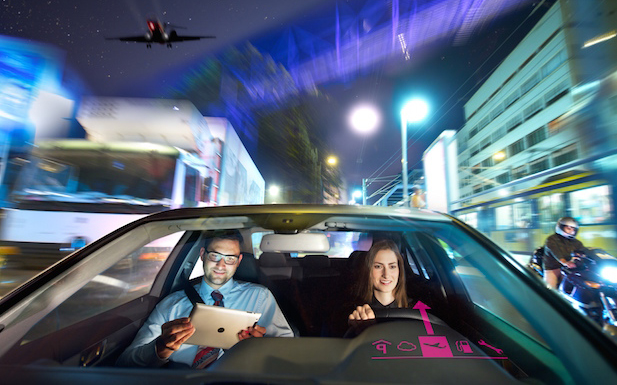Ericsson has forecast there will be 150 million 5G subscriptions by 2021 as it made an early call on the uptake of the technology.
Presenting findings from its latest Mobility Report, Ericsson said 5G would begin to gain traction following high-profile pre-commercial trials, such as those planned for the 2018 Russia World Cup and Korean Winter Olympics.
By Ericsson’s definition, a 5G subscription requires a device capable of supporting LTE evolution or Ericsson’s “NX” 5G air interface, that is connected to a 5G-capable network.
The vendor said take-up of 5G would be quicker due to the fact it will build on the extensive LTE networks already in place.
Patrik Cerwall, Executive Editor of Ericsson’s Mobility Report, said: “5G is built on 4G so there’s a roadmap to 5G. All the mechanisms have been put in place for it to start rolling out, so it will do so faster.”
Ericsson said its estimations were based on conversations with operators, chipset makers and other telco-facing businesses.
However, the Swedish vendor is no stranger to contentious market forecasts, most famously for its prediction of there being 50 billion connected devices on the market by 2020.
The vendor has since backed away from this estimation, now putting the number closer to 28 billion.
Cerwall said: “We have a vision of 50 billion connected devices by 2020. [However] now we’re getting closer we’ve come out with another forecast.”
Cerwall added that Ericsson had also defined what it regards as a “connected object” – namely, a physical object that has an IP stack enabling two-way communications over a network interface. Buy this definition, passive sensors are not included in the figure, Cernwall said.
According to Ericsson’s latest report, by 2021 there will be 10.7 billion non-cellular M2M connections and 1.5 billion cellular connections.
Meanwhile, non-cellular consumer products – such as smart televisions and set-top boxes – will account for approximately 3.1 billion connections.



